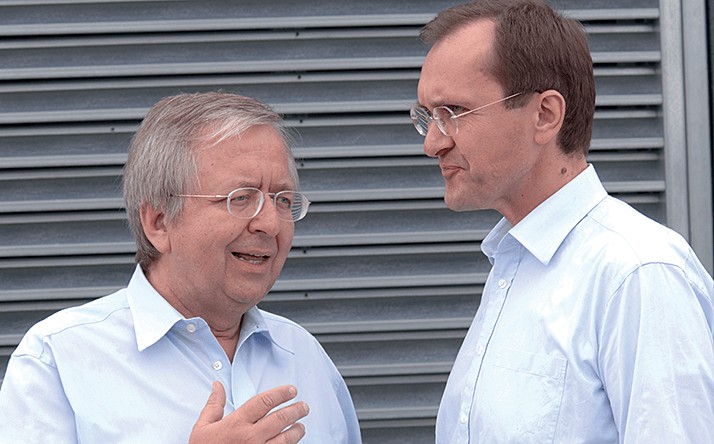

False

Receive the latest Ophthalmology news, personalities, education, and career development – weekly to your inbox.

False
False
Dive deeper into the world of Ophthalmology. Explore the latest articles, case studies, expert insights, and groundbreaking research.
False
The Ophthalmologist website is intended solely for the eyes of healthcare professionals. Please confirm below: